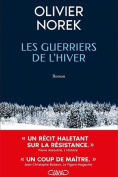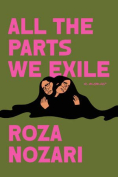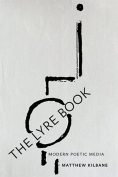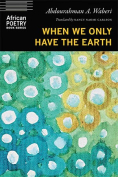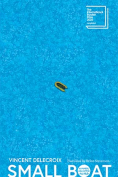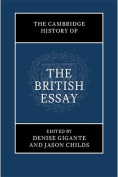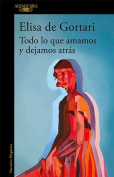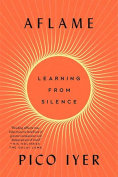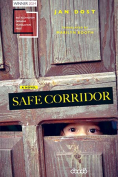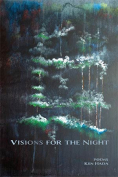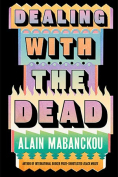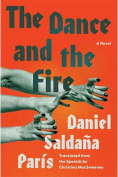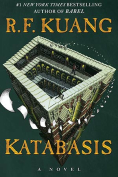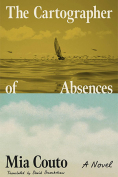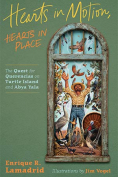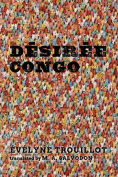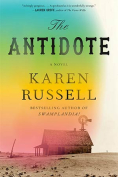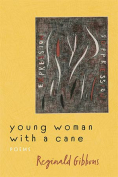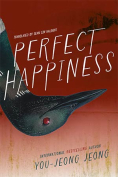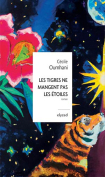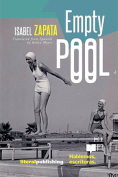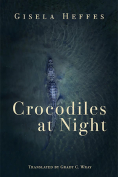The Dance and the Fire: A Novel by Daniel Saldaña París
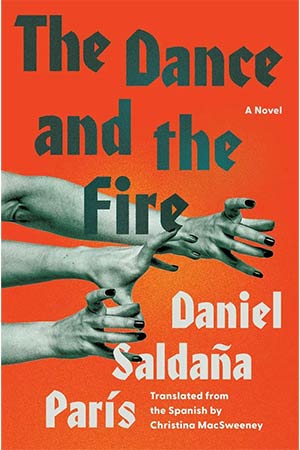
New York. Catapult. 2025. 238 pages.
The Dance and the Fire’s protagonists can’t quite trust their eyes. This is in part a product of their environment: Cuernavaca is ringed by wildfires, and the smoke hangs heavy on the air. The city is pent up, frustrated, unable to access the clarity of long walks and undisturbed sleep. But as the novel continues, it becomes clear that this is not simply a problem of airborne particles.
“In general,” the choreographer Natalia explains, “the world seems like . . . a morse code of objects and people that is only partly legible; a book chewed to shreds by a furious dog.” Erre, a failed filmmaker and her former lover, spends most of his days staring at the changing symbols in a paint splotch in his childhood bedroom, worrying his “perceptual instability must be a symptom of a deeper imbalance.” Conejo, the third member of their childhood gang, has largely retreated from the life of the city, instead remaining home with his blind father, a historian of the conquest. Growing up in such an environment, with a father unfixed in time, leads Conejo to infer a “dense undergrowth behind the visible.”
Despite their shared perceptual blurriness, the distinctions between each character’s narratorial perspective are stark. The novel begins with Natalia’s account of her own choreographic process, taking the reader on a dizzying secondhand ride through her eclectic PDF library: discussions of seventeenth-century Swedish witch trials, the Strasbourg dancing plague of 1518, and Mary Wigman’s German expressionism. Natalia is sharp and slightly cruel, prone to dismissing large groups of people with creative one-liners (coke, she says, is a drug for people who jerk off with their socks on). Erre’s section is sadder, dominated by mysterious physical pain and the less mysterious emotional pain of a broken marriage. His narration is more topographical, detailing Cuernavaca’s intersecting ravines, taxi-threatening cobblestones, and proliferating parking lots. In the breaks between his obsessive accounting for his own symptoms, we see gecko skeletons cleaned by ants and hear the despairing squawks of grackles.
But the novel’s real strength emerges in Conejo’s closing section, where the converging threads of artistic ambition and ecological degradation come to a head. As Conejo tries to attend Natalia’s performance and solve the mystery of Erre’s whereabouts, he also reflects on the trio’s complicated friendship. Here, and throughout the first two sections, the publicist-touted “erotic flames of the past” are more properly described in quieter terms—personal histories full of misapprehension, miscommunication, and complicated relations to place. The Dance and the Fire’s achievement is in giving the story of a friendship such depth and difficulty that it holds its own against the absurd events of the novel’s third act.
In the end, the novel’s commitment to the “dense undergrowth” behind the mundane details of relation allows it to operate in simultaneously tragic and comic registers. Its tripartite interiority balances the bleak visuals of the burning city. After all, as Natalia warns Erre, “If we made do with what we can see, we wouldn’t survive the week.”
Molly MacVeagh
Wake Forest University

